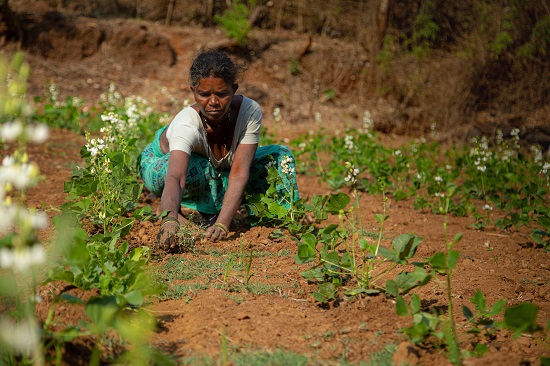Objectives of genebanks

Farmers face unpredictable challenges: pest or disease infestation, uncertain rainfall or disrupted supplies of agrochemicals due to civil unrest. Somewhere in a genebank, there could be a gene that bestows some form of resistance, drought tolerance or metabolic advantage, which could help address these challenges.
Today’s genebanks underpin global food security by conserving the world’s agricultural genetic diversity – the variety and variability of plants that are used for food and agriculture. They also conserve wild relatives, a source of traits that may have been bred out of crops over millennia of cultivation, but which could potentially be more resilient to the consequences of disease or climate change.
Genebanks also secure the future of agricultural research. They supply the diversity breeders need to develop the crops of the future. People sometimes use the metaphor of a savings bank to describe this: a safe place where researchers can go to retrieve something of value, whenever they need to.
Genebanks are organised into a global network, in which safety duplicates of all accessions, with their full set of associated data, are sent to back-up storage facilities inside the country and beyond its borders. The global seed vault in Svalbard is the destination for many of these. There, the seeds are protected from disease outbreaks, climate change or civil unrest.
Activity 1: Exploring the Svalbard seedbank
Allow 5 minutes for this activity
The Global Svalbard Seed Vault (GSSV) is operated in partnership between the Norwegian government, a regional genebank (NordGen), and a global non-profit organization (The Crop Trust). If you would like to explore the Svalbard facility, follow this link to their virtual seedbank tour.
Notice the long corridor you pass down before reaching the seed vaults. Once inside the seed vaults, walk between the shelves to see how accessions are organised. Can you spot any familiar names?
Technical tip: make sure you open the virtual tour in a new tab or window (right mouse click or long press) to enable you to return easily to this page.
Thirteen thousand years
